From my hotel room in Highlands Ranch, Colorado I have a view of the distant mountains. I am here to speak at St Mark’s parish for the weekend, and one of my talks is “The Relevance of Reverence”. The parish priest here is a fan of my book Letters on Liturgy and is using it as a springboard for liturgical renewal in his parish (and in the dioceses).
One of the problems in our Catholic liturgical wars is the underlying philosophy (or ideology) of the liturgy. While liturgical boffins quarrel over this translation or that, this rubric or that custom, this Eucharistic prayer or that form of sacred music they often miss the wood for the trees–straining at gnats they swallow camels.
The underlying questions are “What is the liturgy? What does is do? What does it accomplish? Why do we do it?” Here is the real discussion in my opinion. The basic answer is that in the liturgy the once for all sacrifice of Christ for the redemption of the world is re-presented in the present moment and applied to the needs and prayers of those who offer the sacrifice.” This is the essential action of the liturgy.
Now, it seems to me that this was the understanding of the whole church before the reforms of the second Vatican Council, but the problem was that this essential understanding of the Mass had become encrusted with centuries of devotional customs, cultural accretions and localized ornamentation and elaboration, and these accretions had the unfortunate effect of shrouding the true meaning of the Mass from many of the faithful. This was hammered home to me as I watched The Godfather II on the plane to Denver yesterday. You may remember a scene from the film in which the Italian Americans in New York were celebrating the Feast of St Roc. There was a parade with a brass band, children in white dresses, men carrying a huge statue of Our Lord with dollar bills pinned to it. One of the gangsters crosses himself, and ostentatiously pins a bill to the statue. The priest is there carrying a reliquary and people are lined up to venerate the relic. All the while the young Vito Corelone is planning and carrying out his first gangland murder.
Where was the Catholic faith in this cultural religion? It was there, but buried deeply beneath the cultural clutter. At the second Vatican Council the Fathers of the Church saw the opportunity to clear away a lot of the cultural clutter. Their desire was to get to the heart of the matter and, in a word, to make the Mass relevant to the people. It is difficult for us to imagine now, seventy years on, the excitement and genuine good will and good intentions of our Catholic grandparents in the faith. They really were well intentioned. They wanted the faith to be alive for the people. They wanted ordinary folks to meet the Lord. They wanted the people to understand what what going on and to move forward from what (for many) was a religion enshrouded in arcane customs, cultural accretions, obscure devotions and simple superstition.
This was the genius and the disaster of the Council’s liturgical reforms. Genius because it really was a good idea. Disaster because a secondary good became the primary good. What do I mean by that? Simply that the need to make the Mass relevant began to overshadow the true meaning and purpose of the Mass. In their efforts to make the Mass relevant they forgot what it was they were actually trying to make real and relevant.
So to make the Mass (and by extension the Catholic religion) “relevant” they did several things. Firstly, they turned the priest to face the people. They put the liturgy into the vernacular. They integrated contemporary music. More importantly, the emphasis of the theology shifted. Instead of a dogmatic religion they gradually substituted a more relevant religion. The theologians did not actually abolish dogma. Instead they implemented a “pastoral” application of dogma. The “pastoral” application always erred on the side of people’s weaknesses and in an attempt at mercy the pastors pandered to the weakest elements of our nature–excusing sin, overlooking genuine evil and putting in place a “don’t ask don’t tell” policy about most matters of morality.
Too often his attempt at making the Mass (and the Catholic faith) relevant only served to weaken and emasculate the faith. The true meaning of the Mass–the re-presentation of the redemptive sacrifice of Christ–was lost in the flurry of making everything relevant. How often, therefore, in the modern Catholic Church do we hear the core message of our Christian faith–the old, old story of a sinful humanity separated from God and in need of salvation? The old, old story of God so loving the world that he sent his only begotten Son so that all who believe in him might not perish but have eternal life? No. Instead of this core message–a message that is proclaimed at the heart of the Mass–we hear a gospel of “relevance”–the need to feed the hungry, solve the ecological crises, help the immigrants and eradicate poverty.
These good works are necessary of course, and it would seem that these good works are more attractive to the people of the world than the gospel of our Lord Jesus Christ. Who in the world will argue with a religious leader who preaches the gospel of good works? No one. However, the preacher who proclaims Christ crucified to a wicked, greedy, idolatrous and licentious people will not be so popular.
Finally this: the irony is that it is true reverence that is, in the end, the thing that is most relevant. What is most lacking in our modern, debased and vulgar, materialistic world? A sense of the transcendence, the magnitude, the beauty and terror of God. We are a society sick of relevance for relevance is a barren, utilitarian thing. We long for reverence–to kneel before the risen Lord present in the sacrament of the altar. We long to banish and burn the idols of relevance–the banal music, the brutal architecture, the shallow preaching of a sentimental gospel. This is why traditional worship (and I do not mean just the TLM) is important. This is why parishes in which reverent worship is practiced are thriving. It is because reverence in worship returns the Catholic to a deeper experience and understanding of the central meaning and purpose of the Mass. “Relevant” worship, on the other hand, is focussed only on the tiresome and tricky task of making the “worship experience” enjoyable and that can lonely lead to a quest to make it entertaining.
Reverence is relevant because it reveals and renews the worshipper’s real purpose in life: to kneel in faithful adoration of the Lord who redeemed the world–and to be committed anew to his service in the world.

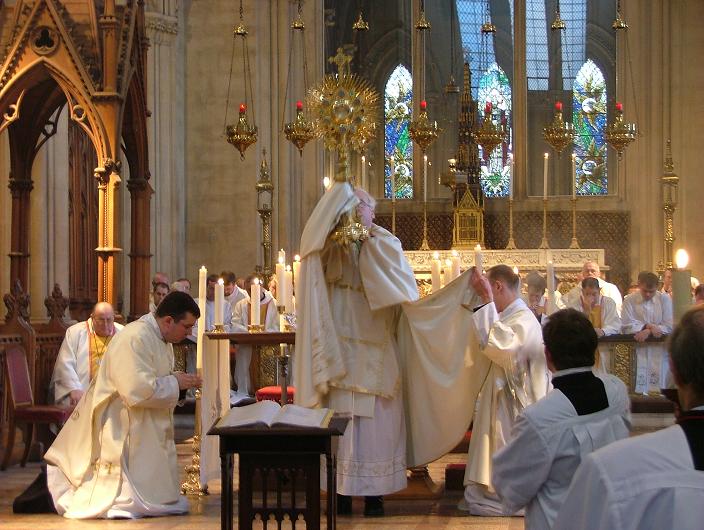
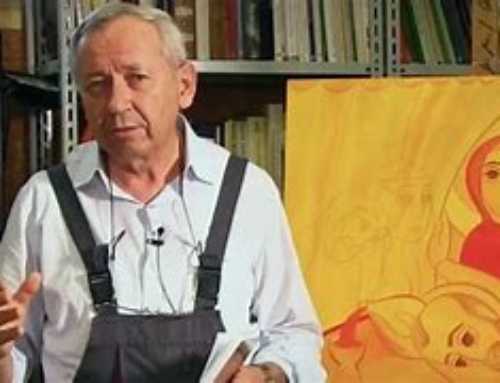
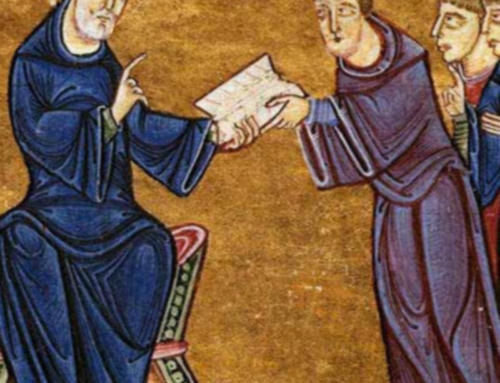

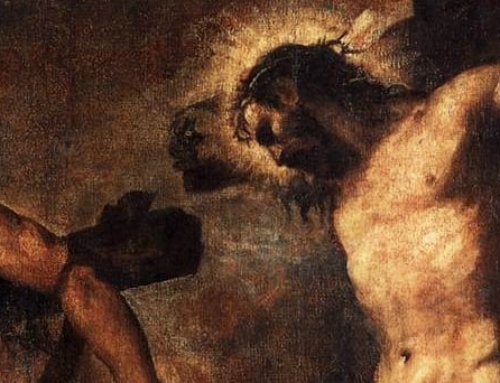
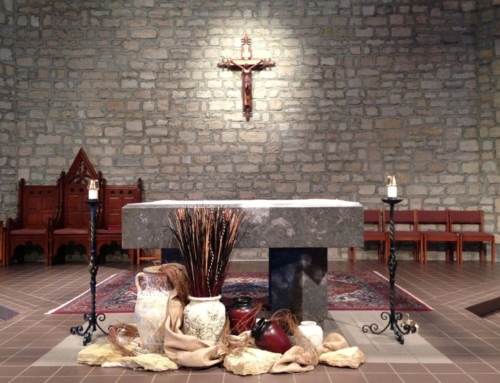
Leave A Comment
You must be logged in to post a comment.